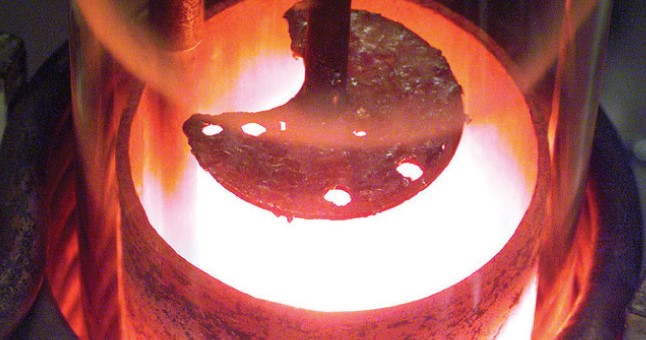
Nuclear Security & Deterrence Monitor Vol. 28 No. 9
Visit Archives | Return to Issue PDF
Visit Archives | Return to Issue PDF
Nuclear Security & Deterrence Monitor
Article 1 of 9
March 01, 2024
Plutonium pit-aging studies will cost NNSA at least $1B, not counting equipment, GAO says

Excluding equipment and construction, the National Nuclear Security Administration will spend about $1 billion over 10 years to study the effects of aging on nuclear-weapon cores, the Government Accountability Office reported this week.
According to the Government…
Partner Content